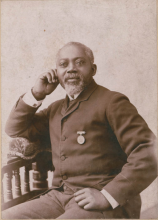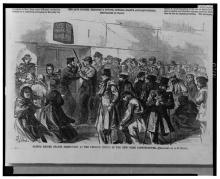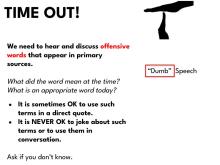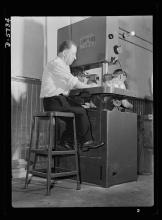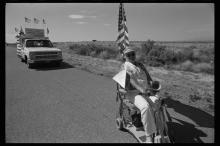A Comprehensive Approach to Full Inclusion
Effective implementation for all learners, especially the 7.5 million Special Education students in the United States, requires careful consideration of accessibility. In particular, educators must pay attention to critical accessibility principles:


